As a child I was always fascinated by the fairy tale “The Emperor’s New Clothes,” by Hans Christian Anderson.1 For me, it was about having the integrity to call out what one sees - “The Emperor is naked!” – while everyone else remains mum. An older cousin of mine recently reflected that as a child, I was always interested in justice.
In mythology, this is like the “trickster,” a character who"Violates principles of social and natural order … disrupting normal life and then re-establishing it on a new basis." Tricksters do far more than that, and in all kinds of ways with all kinds of results.
Think Odysseus, Scheherazade, Bart Simpson, The Joker, Bugs Bunny.
Think “skillful means” in Buddhist thought.
In my training as a chaplain, I received two bits of instruction that remain important to me:
Say what you see
Be curious
In interactions with patients (and now, anyone), I found it was generous to report what I observed, directly to the patient (“You have such a big smile on your face!”).
It was also important to recognize when I didn’t know something, and then to be curious (“Would you tell me about 7th Day Adventists and how your beliefs relate to the hospitalization of your uncle?”)
Humor was also always important, and so it’s interesting to note that the sacred work of a chaplain has its trickster qualities.2
For instance, one day I spoke with a purple-haired woman who had woken from a coma and could hear the voices of dead people. She wondered, “Why did God give me this awful gift?”
When I replied, “He looked down, saw your hair, and said, ‘THAT ONE!’”, she burst into a gale of laughter and seemed more relaxed.
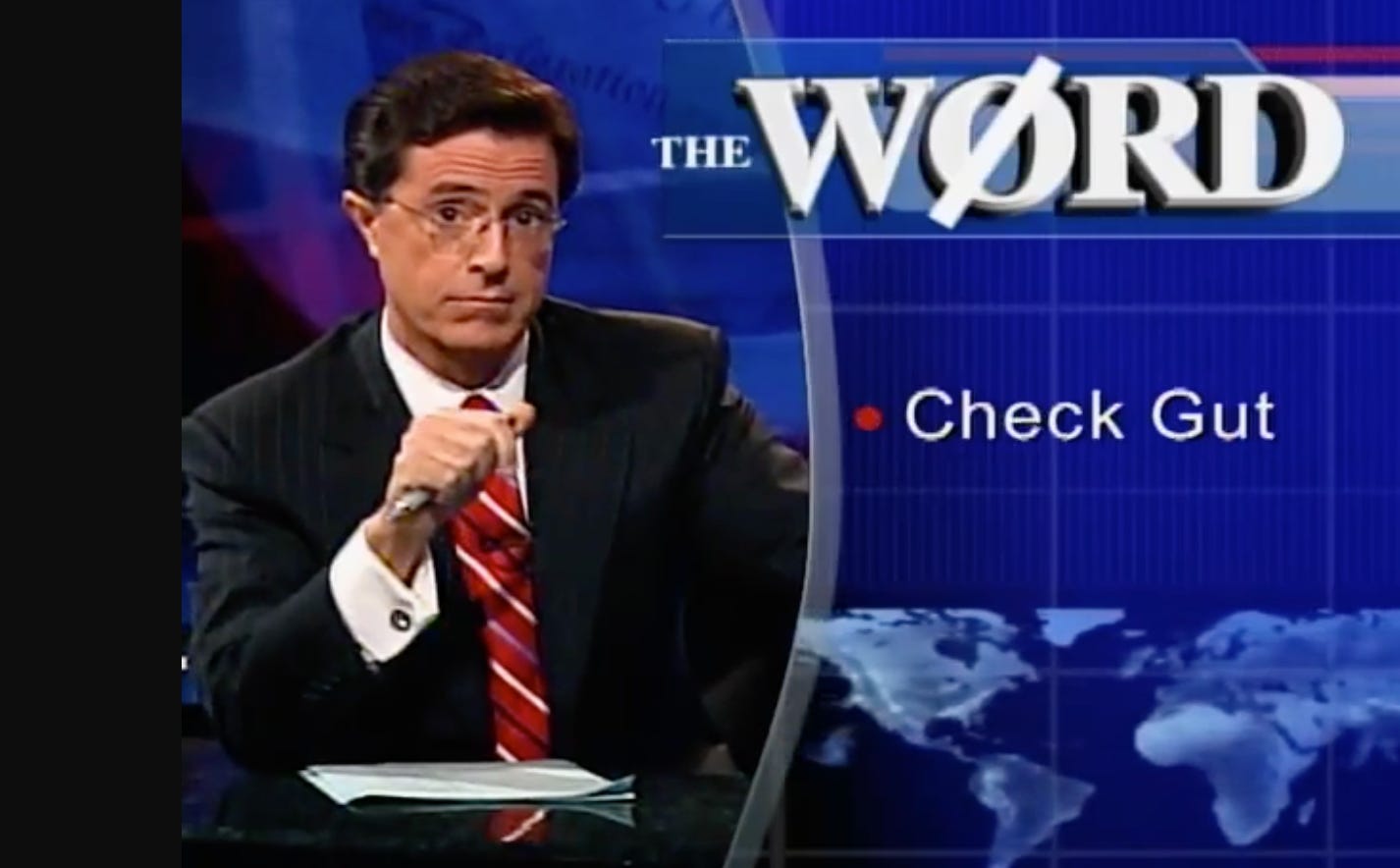
We have trouble saying what we see. We are afraid to comment on the obvious, especially when others are remaining mute. It’s safer to remain silent, especially around situations where there is a power imbalance … but, there’s also safety in numbers, right?
In the MFA Boston recently, I saw three works of art that, to me, demanded more discussion than was provided by the museum or by outside sources. Or, rather, a bit more “truthiness” in their descriptions.3
What do you see (the image, not what you think about the image) when you view this six-inch sculpture by Georgia O’Keefe?
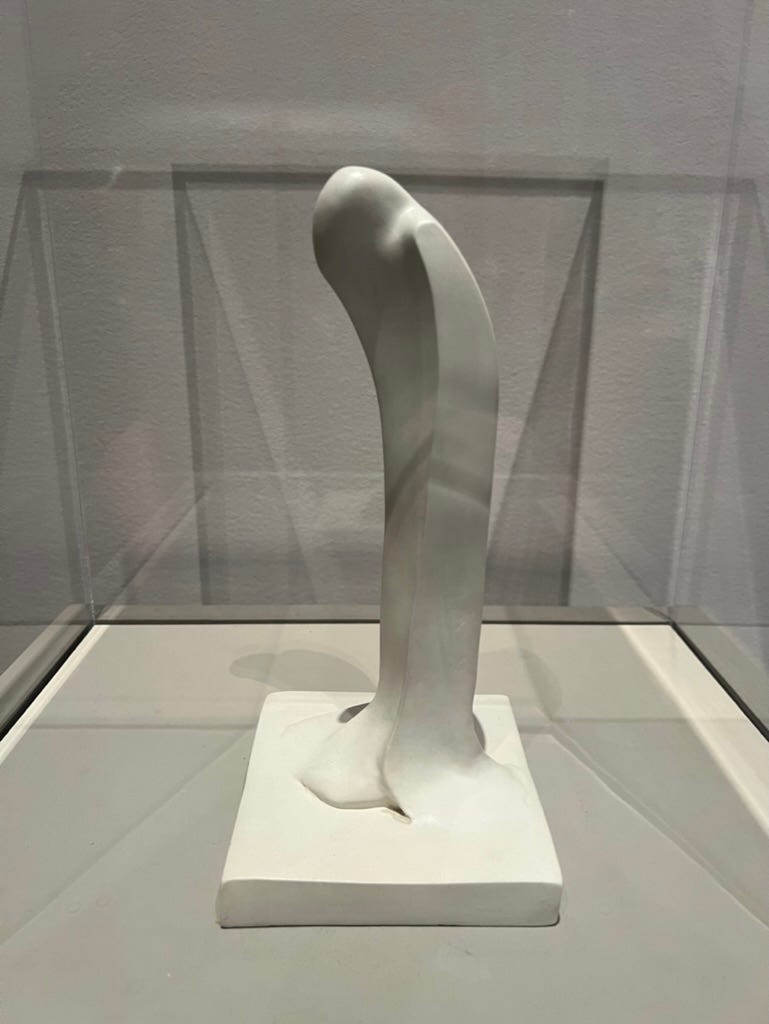
Here’s what the MFA wrote about it:
When I saw this sculpture, from that direct angle, I smiled. Maybe my eyes see through a different lens than the MFA. See footnote.4
And then this one: what do you see here?
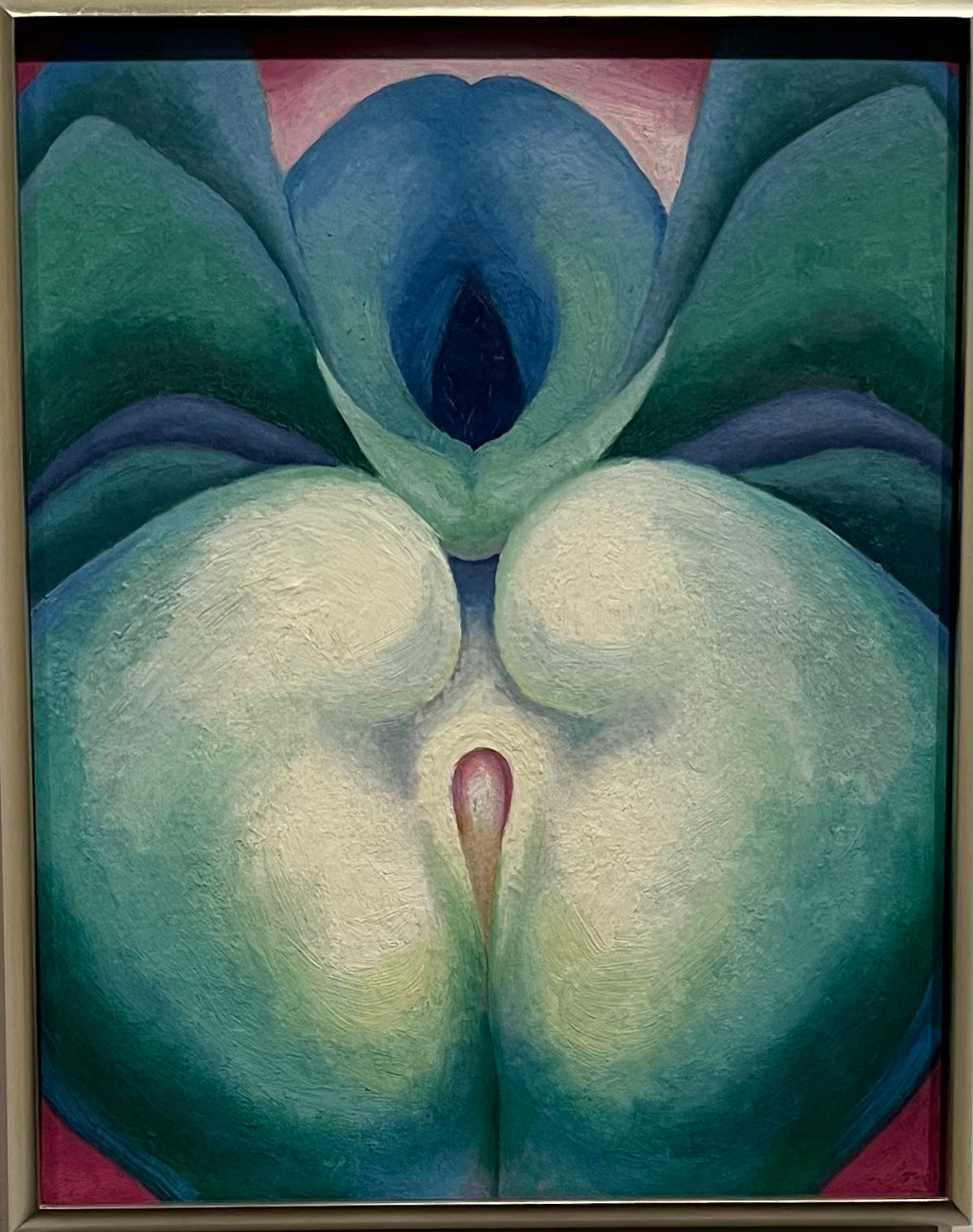
A French critic, and I, offer our views and insights on this painting in another footnote.5
And then there’s this 9 ft x 6 ft portrait of George Washington, with his horse Blueskin, done by Gilbert Stuart in 1806:
In the painting Washington’s horse Blueskin appears to be riding off as if heading into battle, but his owner confidently reigns him in, and Blueskin twists his neck backwards to acknowledge his master. Blueskin was retired to Mount Vernon after he had served General Washington for years in hunt and war. In the distance on the left, the Boston harbor is visible. Clouds of smoke hover in the background, signaling that a battle was being fought (Union League of Chicago description of a copy of the painting)
Hmph. You can read my take on Washington and his horse’s ass below, in another footnote.6
With the start of a new presidency in the USA, it is important to me to notice and respect the people who are able to say what they see, like Bishop Marian Budde of the Episcopal Diocese of Washington, DC.
Republicans and Democrats alike have remained relatively mute in the face of egregious abuses of presidential power, only three days into his term.
Officials are being ordered to prosecute other officials who don’t comply with the president’s new orders. (One recalls the old stories of German soldiers defending themselves after WW2 by saying “We were just following orders.”)
In the USA, it is already time for people to say “No” to abuses of power. Police officers who lost comrades in the Capital on January 6, 2021 know what it’s like to experience this new, breathtaking abuse of power, watching the president issue blanket pardons for rioters.
Police, all lawmen, Secret Service, FBI, ICE, DHS, prosecutors, employees of all federal offices, the Justice Department, indeed ANYONE who is in position of being ordered to follow new, unethical, harmful presidential dictates must rally together and say NO.
“The best lack all conviction … the worst are full of passionate intensity …”7
Can we not reverse that - WB Yeat’s dark foretelling of the time we are entering now?
Coyote is often considered a hero, and there are many stories of his tricks and foolish ways, but Coyote does not do this alone. Coyote is often accompanied by Fox, who tends to help Coyote when his curiosity and mischievous ways land him in troublesome situations. Coyote was responsible for bringing food, plants, medicines, animals and elements of the natural worlds that have shaped the world…. Coyote brings the notion of consciousness to humans, and it is our responsibility to respect these gifts and use these original teachings to help guide us in our lives.
Story: Coyote and Golden Eagle
Coyote was watching Eagle one day. He saw Eagle soaring on up drafts near a high cliff at Ashnola. Eagle would swoop down, scream and ride the drafts back up, really enjoying himself. Coyote watched and watched.
Then he said to himself, “Those are my ways.” In this frame of mind, he climbed all the way up the cliff... all the while watching Eagle, and thinking to himself, “Those are my ways.” It was hard work, but he was determined to get to the top. Finally, after climbing all day, he got to the top of the cliff.
He walked to the edge and jumped off, intending to catch an updraft and soar. With his skinny arms and legs, however, he just plummeted down. He tried frantically to flap his arms and twirl his tail, but nothing helped him fly. He continued to plummet down the sheer cliff face. He became so afraid that he screamed and pooped all the way to the bottom, where he was splattered to pieces. A long white streak from the top to the bottom remains on that cliff to remind us of Coyote’s journey.
Sometime later, Coyote’s brother, Fox came along. Fox had heard that Coyote’s foolishness had caused his death again. Fox carefully gathered up all the bits and pieces of Coyote that he could find, a few hairs, a tooth, a piece of bone and so on. When Fox was satisfied that he had all the bits it was possible to find, he breathed into the assemblage, and then stepped over it four times. The pile then transformed itself into Coyote. Coyote sat up, rubbed his eyes, and chastised Fox for waking him up. Coyote said to Fox, “I must have dozed off for a few minutes, and then you’re waking me up!” Fox just shook his head, as Coyote carried on his way as if nothing had happened. (Edward, Eneas, Pierre in Cohen, 2010)
Professor Cohen explains that "bringing Coyote back to life" is a foundational metaphor for the praxis and positioning of humans within a very diverse and interdependent natural world that is continuously intelligent and creative. Coyote has a gift from creation, the ability to transform or overcome people-eating monsters. Monsters are technologies, practices, ideas and/or cultural patterns that are destructive and unsustainable. For humans to maintain a dynamic and sustaining balance with the regional ecology in which we are situated, we must continuously research (gather the bits) of knowledge, aspirations, experiences and outcomes, create new knowledge and understanding through dialogue (breathe into the pile), and ritualize new understanding into practice (step over the pile four times) to bring Coyote back to life (renew Coyote's and our ability to transform monsters). The Coyote and Fox metaphor is part of a much larger story-way system of conceptual metaphors and frameworks. Source: https://www.okanagan.bc.ca/story/coyote-the-trickster
"Many native traditions held clowns and tricksters as essential to any contact with the sacred. People could not pray until they had laughed, because laughter opens and frees from rigid preconception. Humans had to have tricksters within the most sacred ceremonies for fear that they forget the sacred comes through upset, reversal, surprise. The trickster in most native traditions is essential to creation, to birth".[1] Source: New World Encyclopedia
“Truthiness” was voted 2005 Word of the Year by American Dialect Society. Created by humorist Stephen Colbert, “Truthiness refers to the quality of preferring concepts or facts one wishes to be true, rather than concepts or facts known to be true. As Colbert put it, “I don't trust books. They're all fact, no heart.” Other meanings of the word date as far back as 1824. Source: American Dialect Society
A penis, erect, painted white, a little crooked. Could be a dildo.
A French critic, during an exhibit of O’Keefe’s work at the Centre Pompidou in 2021 wrote “The question often comes up of whether O’Keeffe’s flowers were symbols of female genitalia, something she was often accused of – or praised for – depending on the commentator’s point of view. She always denied any such intentions, claiming that she was just painting flowers and that any sexual interpretations of her work were coming not from her but from the eye of the beholder.”
I would hardly call the painting a “symbol” of female genitalia, but instead call it a representation of female genitalia (labia, clitoris, anus, green-blue butt cheeks).
Here’s what I notice: the rear-end of the horse is big and white; the horse’s eye is wide open and his nostrils are flaring; the bit is deep in his mouth. Washington’s pose is relaxed and confident and his left hand is barely holding the reins. The horse’s tail falls parallel to a locket from Washington’s pocket. Washington’s penis is visible, or, as a friend put it, he has “camel toe.” Others might refer to it as the penile line.
I also notice that the person who commissioned the painting, a Boston notable named Samuel Parkman, bears a striking resemblance to Washington.
Then, in more truthiness, I can’t help but connect “Washington” with “Inauguration” and “horse’s ass,” and recall our president talking about Arnold Palmer’s penis, too.
Turning and turning in the widening gyre
The falcon cannot hear the falconer;
Things fall apart; the centre cannot hold;
Mere anarchy is loosed upon the world,
The blood-dimmed tide is loosed, and everywhere
The ceremony of innocence is drowned;
The best lack all conviction, while the worst
Are full of passionate intensity.
Surely some revelation is at hand;
Surely the Second Coming is at hand.
The Second Coming! Hardly are those words out
When a vast image out of Spiritus Mundi
Troubles my sight: somewhere in sands of the desert
A shape with lion body and the head of a man,
A gaze blank and pitiless as the sun,
Is moving its slow thighs, while all about it
Reel shadows of the indignant desert birds.
The darkness drops again; but now I know
That twenty centuries of stony sleep
Were vexed to nightmare by a rocking cradle,
And what rough beast, its hour come round at last,
Slouches towards Bethlehem to be born?
The Second Coming, WB Yeats

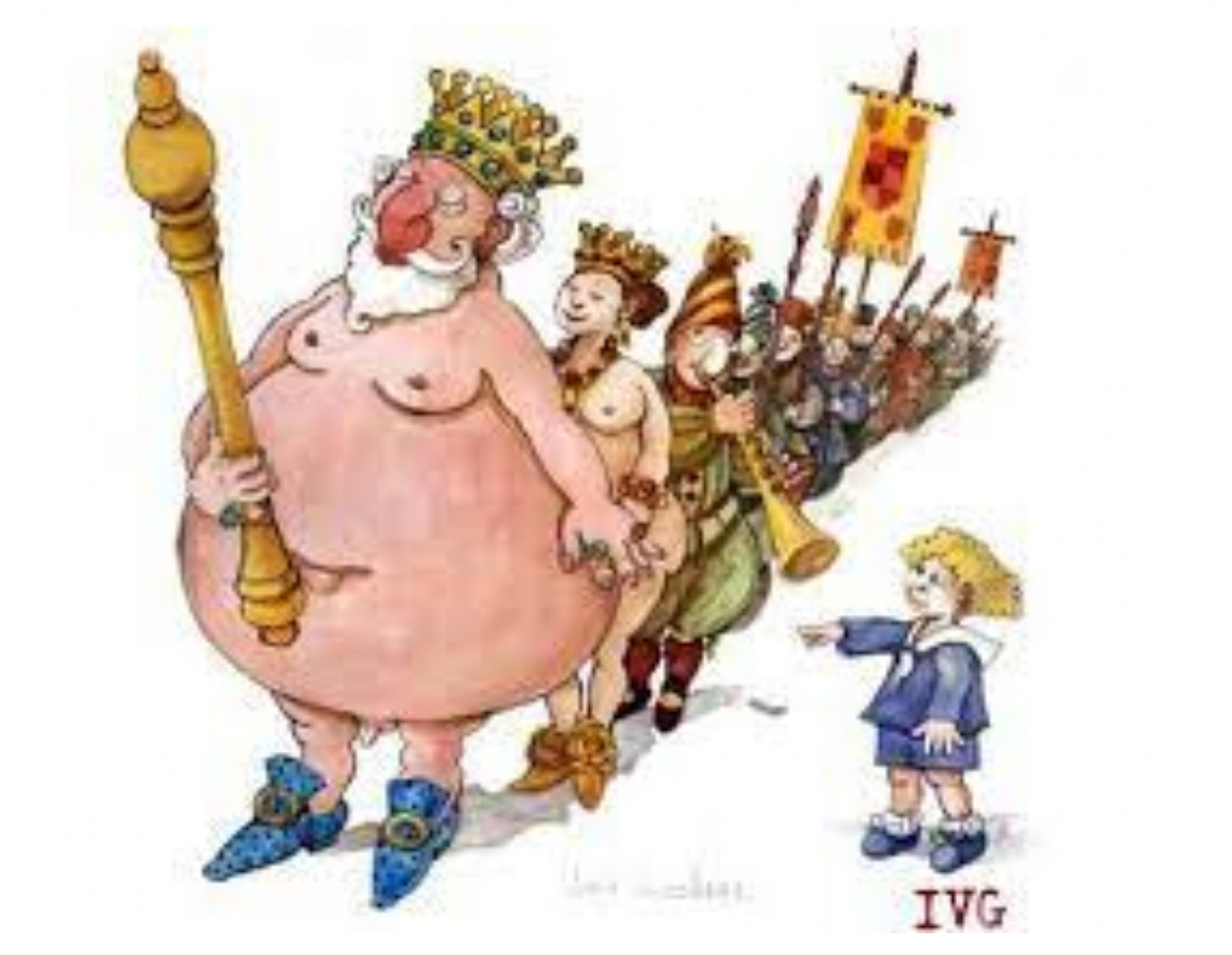
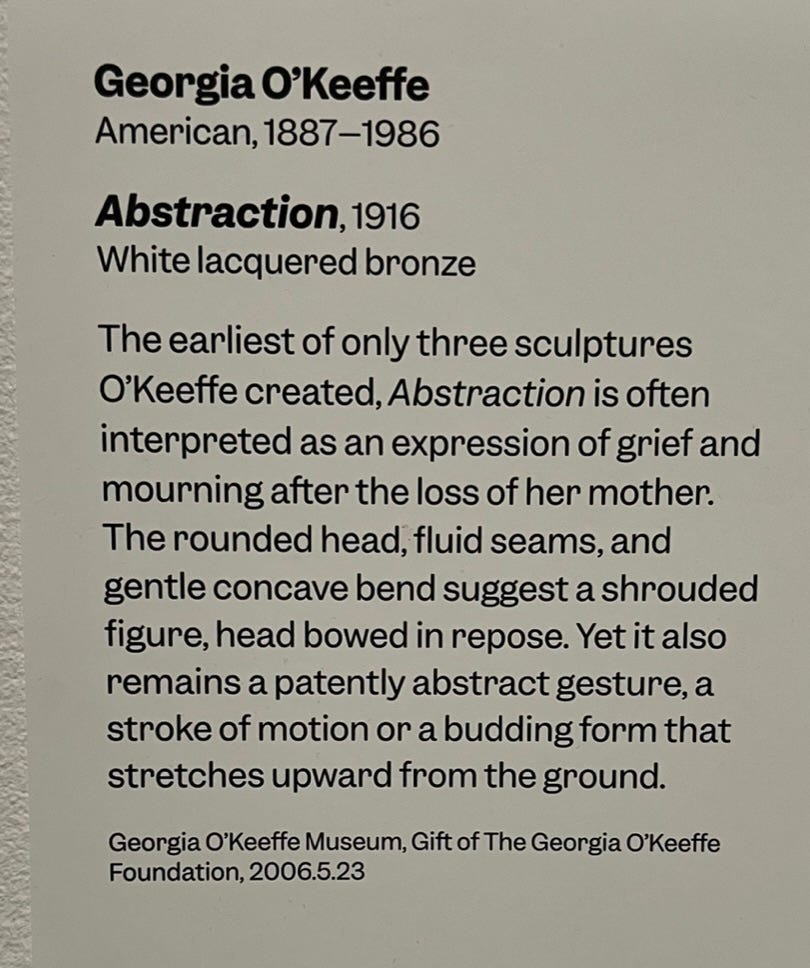
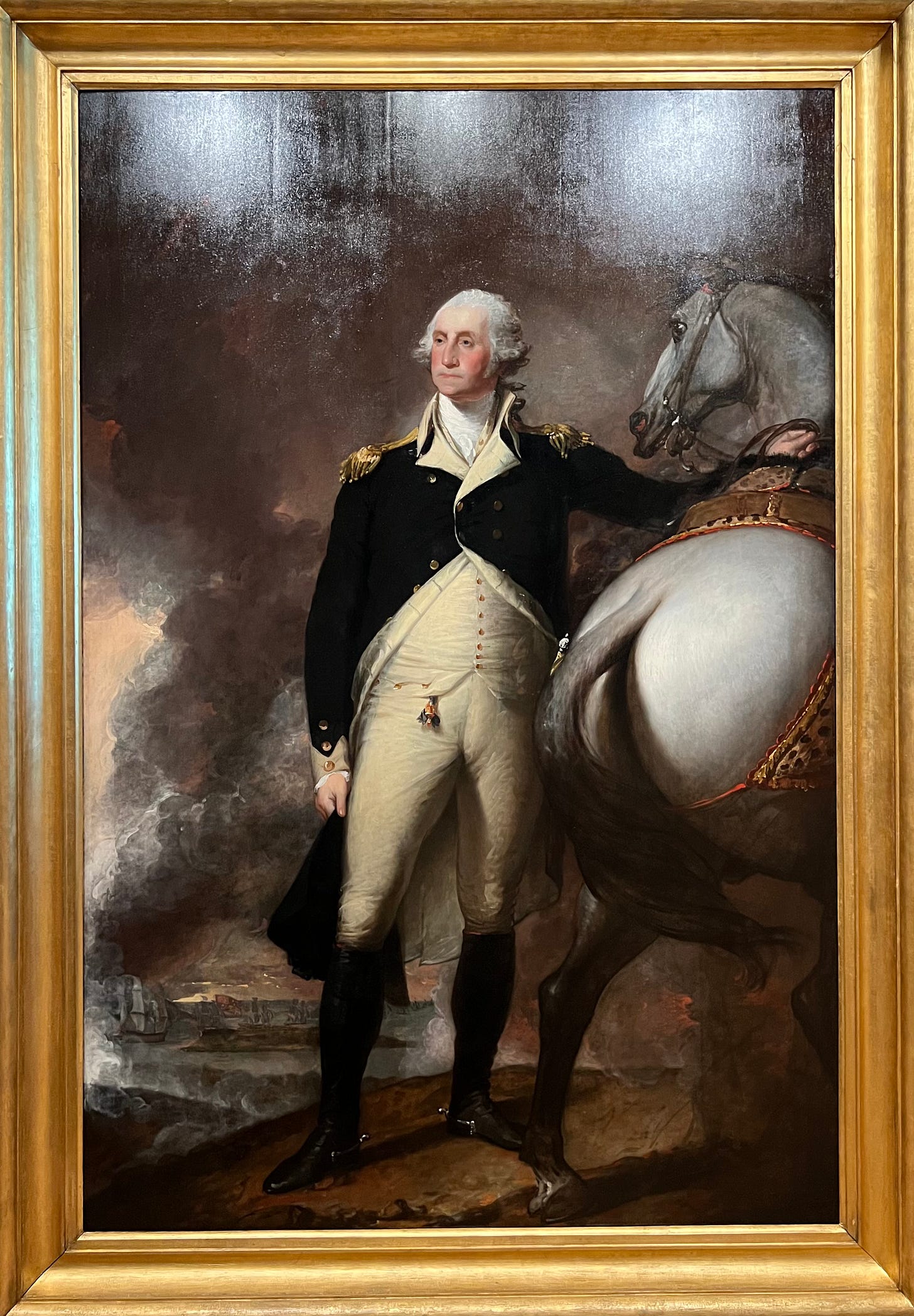
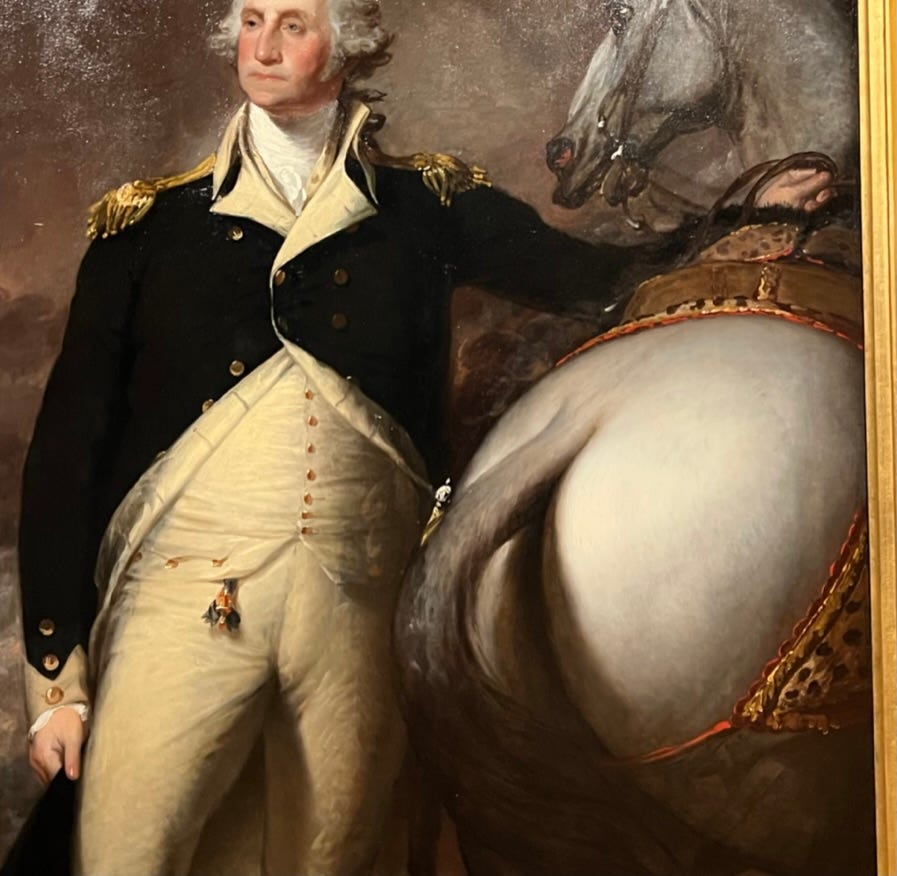
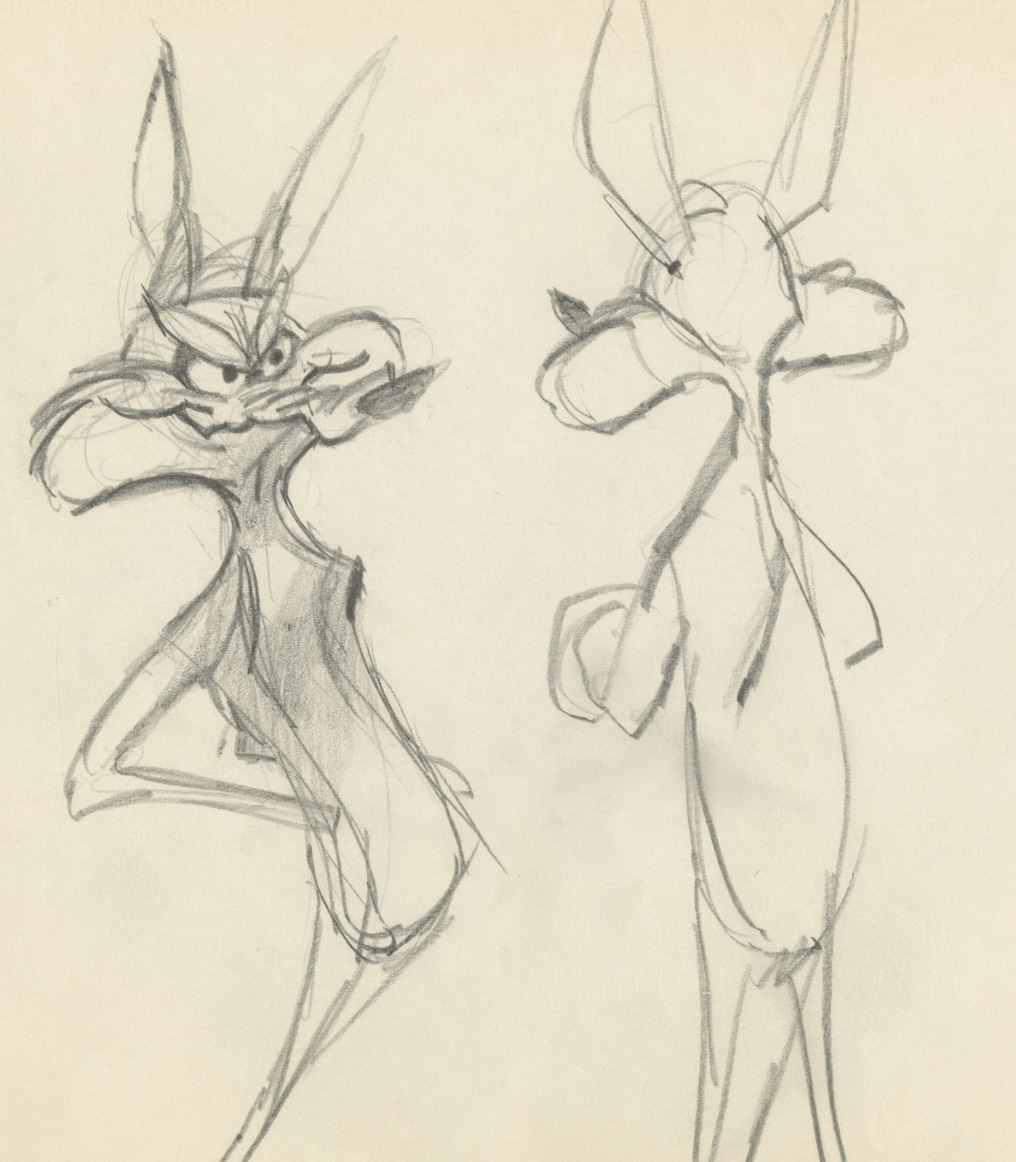
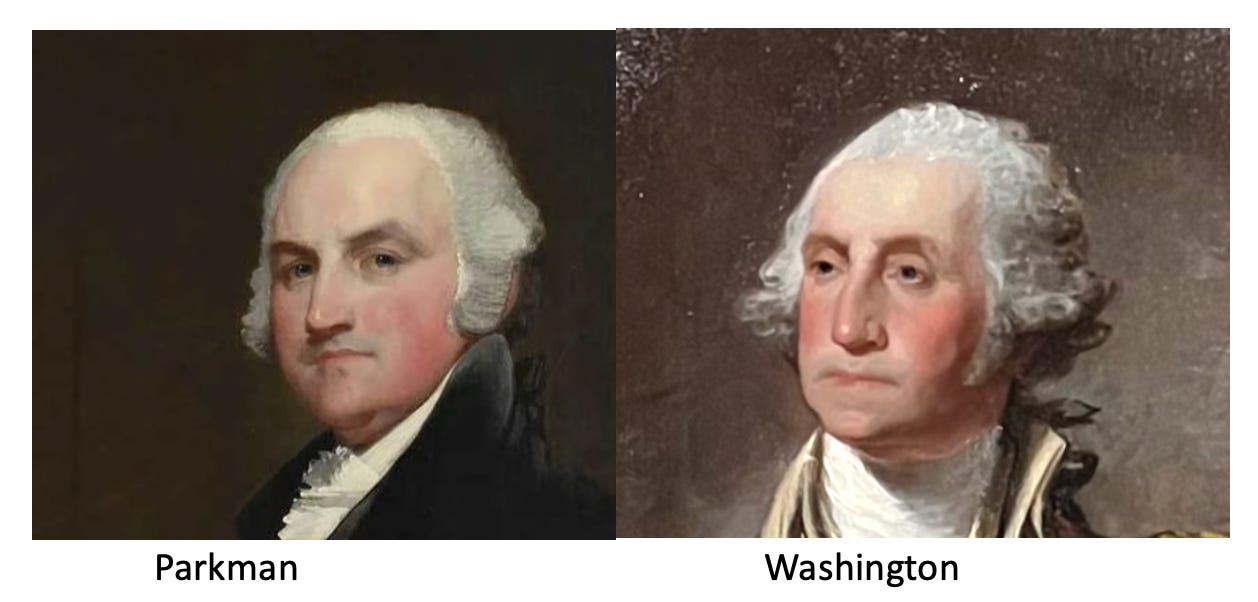
A vagina.
A phallic symbol.